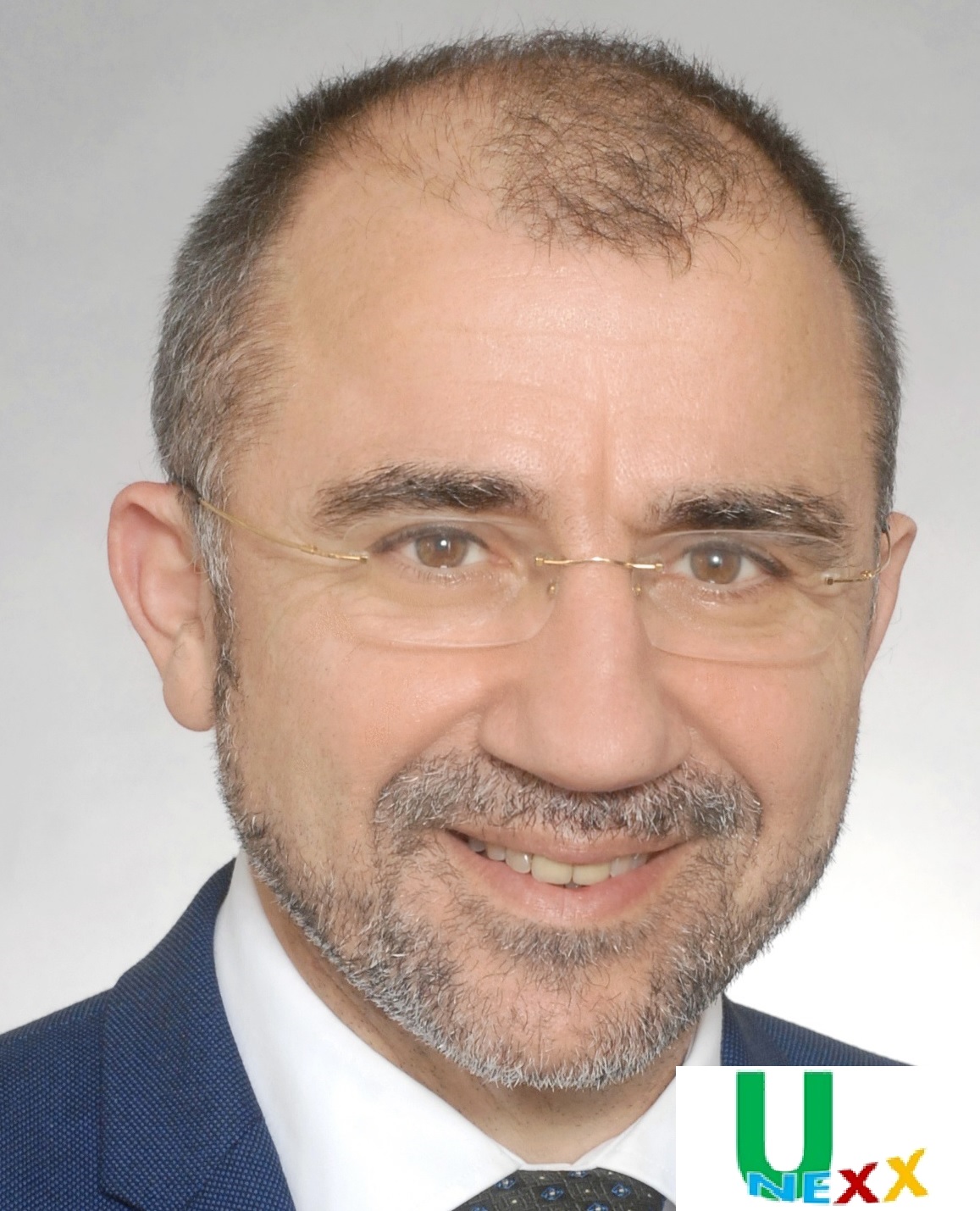Modern information systems rely on increasingly powerful middleware: SOA, ESB, .NET, J2EE. Today, access and use of functions or services can be provided at a place and be distributed everywhere. Internet disaggregated the concept of application and get instead services aggregation.
However, in the back-offices and the middle-offices, users remain attached to applications: They claim their property, assess the value according to the perceived contribution or the impact of troubles, grant budgets in accordance.
Users perceive applications like craftsmen their working tools. They must continuously gain in competence to increase tools control, and to improve production quality. It is on the behalf of this relation that the tool centric computer programming flourish. In this model, a system brings sophisticated tools to users who take decisions.
Today, the firm process view props up an evolution which initially impacted users, company employees, in imposing new standard of work coordination by integrating and connecting individual tasks, then with an ERP. In this model, users don’t have any more control of application, they are subordinated to Information system which ensures coordination.
Production quality does not come any more sum from work quality of each collaborator, but also from tasks integration and their coordination level. It is business process monitoring or processware. Project Sponsors organized by line of business struggle to make a coordinated vision emerging : tactical interests are sometimes opposite.
Moreover, they are badly located to initiate a unexpected change for their direct customers. So one may ask IS architects either to facilitate and to mitigate the shock of an ERP acquisition, or to adapt middleware and technical tools. Who is able to install and maintain cross facility in the company information system ? Which has established it in fact? On this point, CIO has got a strategic position since it manages relationships with Business management. CIO challenge is to move from internal supplier role to partner, beign a critical wheel of change. To succeed, CIO must rely on business, functional, development and technicals architects able to build a global vision of IS where each line of business has to find its own role and its contribution. A large centre of mass move is at stake with Enterprise Architecture. In this context, CIO should seize the opportunity.
